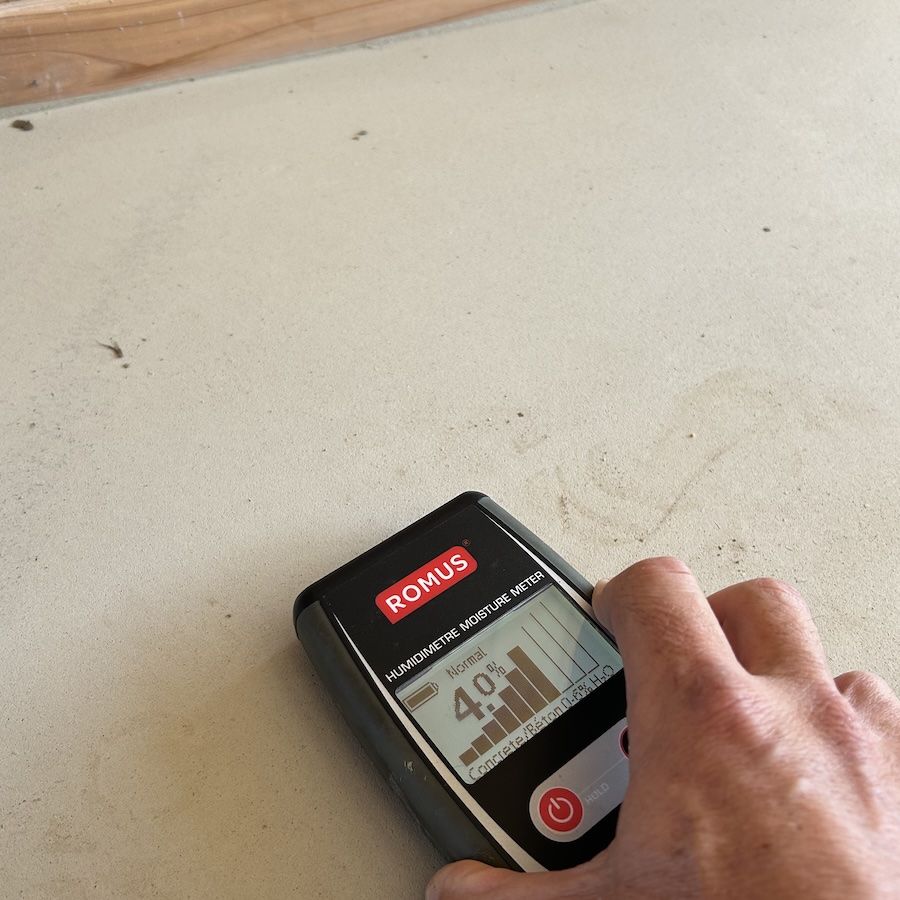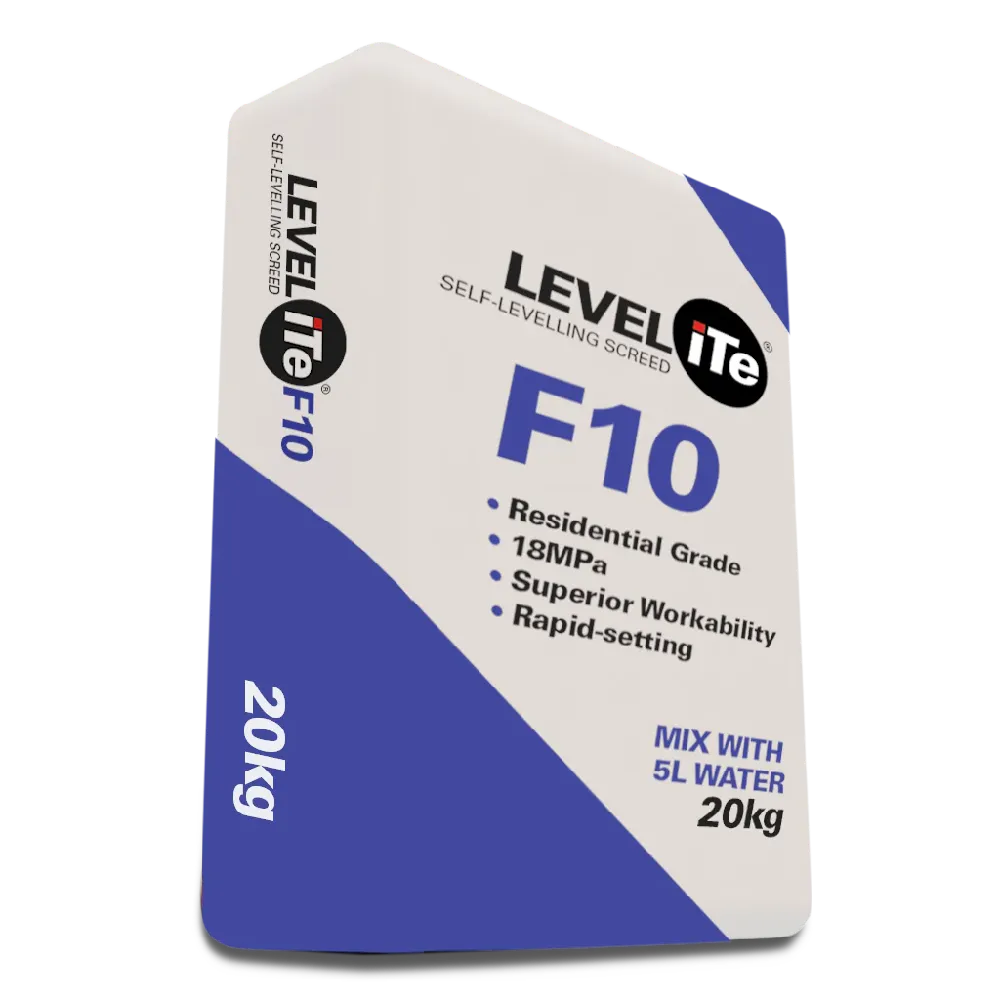
Vinyl Planks require a specific process for a succesful installation. Here's a bit more information about this process.
We've discussed whether you need a screed for vinyl planks, and we've talked about some issues (such as moisture, sunlight, etc.) that should raise alarm bells.
Now let's move on to the installation process.
How long does it take?
This obviously depends on how big or complicated the installation is, but it will take at least 2 days - 1 day for preparation, and then 1 day for installation.
As discussed, screed is always required for vinyl planks.
Once the screed is done, it generally takes 4-5 hours to dry for you to safely walk on without damaging it. However, we need a bit more moisture to come out of the screed before we can install. This takes at least 24hrs, and can be longer, especially if there is some rain about!
Once the screed is dry enough (checked with a moisture reading), the vinyl can be installed. You can discuss the length of time it will take with your contractor; larger, open, areas are quicker than smaller, detailed areas such as bathrooms.
Once the vinyl is installed, you can walk on it straight away.
Insist on a moisture test.
Failed installations of vinyl plank almost always have mositure as the root cause of the problem.
Your contractor should conduct moisture tests at 2 points in the process:
- Before laying the screed - to try to pick up any hidden problems before commencing.
- After laying the screed - to ensure the installed screed is dry enough for installation.
Unfortunately these tests are not a fail-safe. While they will give the installer an accurate reading, this reading may be done at the driest time of the year, where the water-table is at its lowest. So if you do have mositure concerns, please notify your contractor.


Ensure the right screed is used.
Another common reason for installations failing is the use of the wrong screed.
Your contractor should be using a 'flow-able' or 'poured' screed. This is slightly different (and more expensive) than your standard floor screed that you may find at the hardware.
A 'flow-able' screed does not rely on the contractor to achieve a level screed; the product is poured, or allowed to flow into areas and then the magic happens - the levelling of the screed happens via chemical reactions in the screed itself.
This screed is prepared and mixed in a specific process - no 'spoeg & plak' here.


 (2).png)

